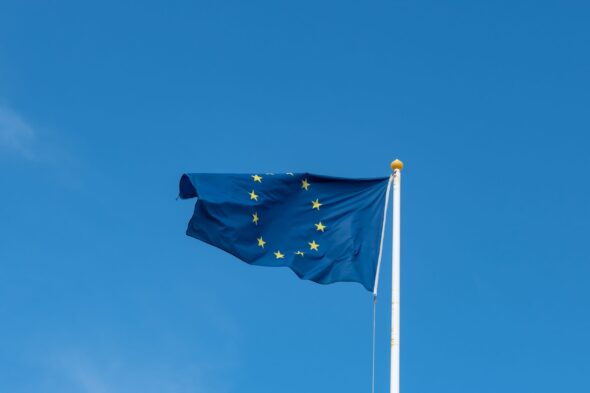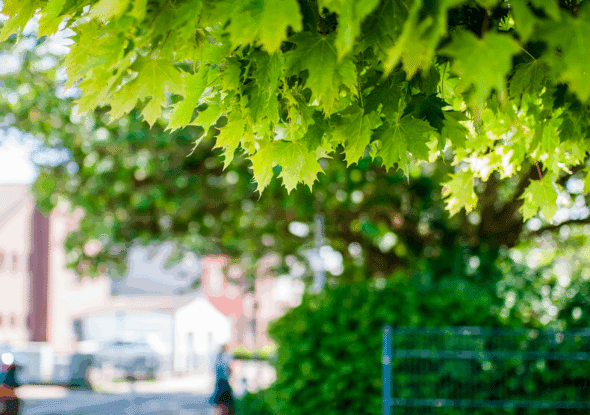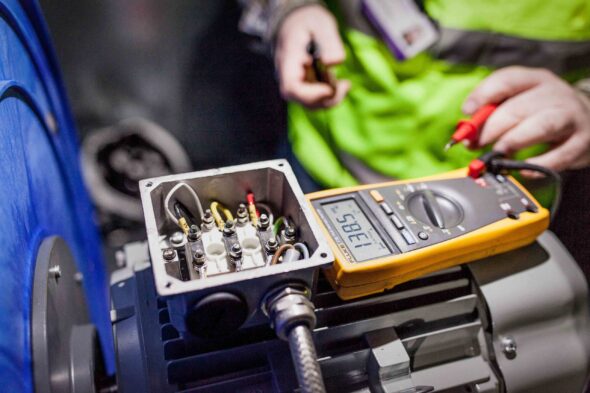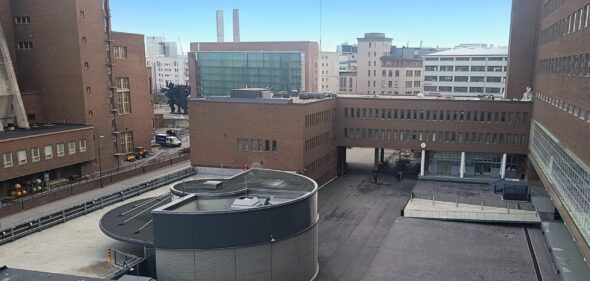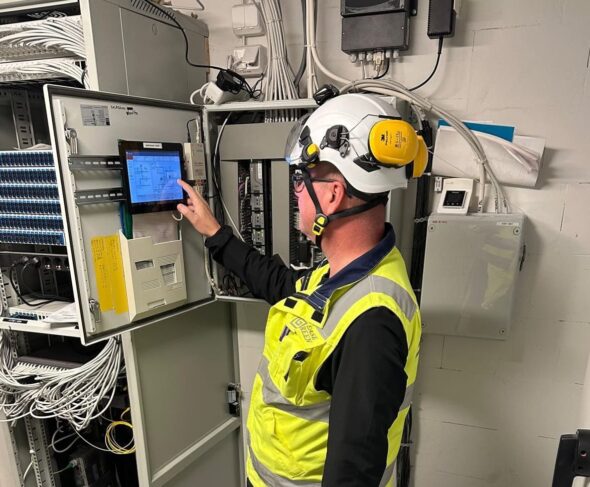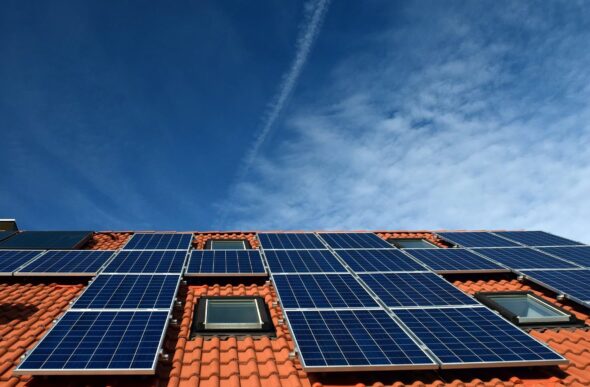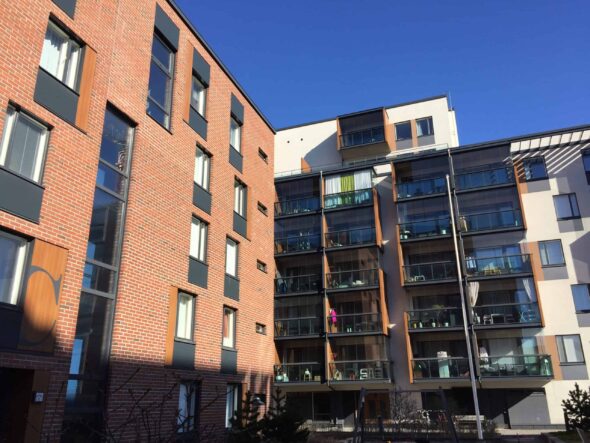The energy crisis was overcome with a scare. The lights stayed on all winter and the electricity price spike was broken even before the turn of the year. The best news was that Finns learned to save energy. Several electricity companies reported a 10-13% drop in consumption during the winter months, which is unprecedented. The crisis prompted action and solutions.
The relief was followed by a chilling spring wind that is now blowing through the real estate sector. According to Newsec, real estate transactions in Finland during the first quarter of the year amounted to only €450 million. That is up to 70% less than the average for the previous ten years.
There are some large properties for sale, but buyers’ and sellers’ perceptions of price do not match. Sales periods are long and it is difficult to find tenants for office space. In a survey by the Building Technology Association, 70% of companies in the sector expect new office and commercial construction to decline this year.
The main reason for the cold weather is the rise in interest rates. The time of zero interest rates seems a long way off, even though it is only a year away. Back then, property owners borrowed heavily and property values were written up, further inflating debts. Now the situation is reversed. Interest rates have risen and prices have fallen. The collapse of banks around the world is not helping the mood. Nor does the fact that Finland is in a mild recession – something that has received surprisingly little media attention.
But when you raise the binoculars to the horizon, you can see light. The Ministry of Finance forecasts that the recession will be short-lived. Green finance is plentiful and its price differential with other forms of finance has widened. Interest rates on green loans are 0.75 percentage points lower than on conventional loans this year, compared with only 0.05 percentage points in 2022. This means that energy renovation loans are significantly cheaper than other loans. The figures come from the floor debate at the MIPIM conference in Cannes in early March. MIPIM is the main event for real estate investors in Europe.
Ecology has a clear impact on the value of a property. The consultancy Deepki asked commercial property managers in the UK, Germany, France, Spain and Italy about the importance of the green premium. Half of the respondents said that being green had increased the value of their property by between 16% and 28%. A quarter of respondents said that rental income had increased as a result of greenness.
On the other hand, the brown discount reduces property values: there is evidence from the US that prices of non-ecological properties have fallen by 10-30%. In the worst case, brown properties remain in the hands of the owners. Energy optimisation is therefore a wise risk management strategy. Greening will continue to be reflected in property prices and sales potential. Fossil energy prices will continue to rise and the climate crisis has not been reversed.
The legislator is backing the change in a radical way: in January, a law came into force in the Netherlands that only office buildings with energy class C and above can be sublet. In the UK, a similar restriction was introduced in April. The energy rating of buildings in these countries is different from Finland, but the trend is clear. The European Union is developing similar sanctions.
At the same time, the energy crisis has woken up those who have postponed energy improvements. The recent Energy Barometer of the Association of Finnish Property Managers shows that the proportion of housing companies planning energy renovations in the next few years has risen by 21% since last year.
The pioneers have been at it for years. Varma, for example, has worked with LeaseGreen to make one in four of the properties in its housing portfolio carbon neutral.
Smart property owners know that greening increases the value of the building and improves liquidity. They’ll sleep better at night as the price of energy saws back and forth. It also protects their own backs – and feels good – that the carbon footprint of their own operations is kept in check.
The author Jonni Ahonen is the CEO of LeaseGreen. LeaseGreen is an energy efficiency booster for large buildings and a driver for climate action. Lower costs, cleaner returns. Together with its customers, LeaseGreen is working on Finland’s most impressive climate action – one property at a time.


